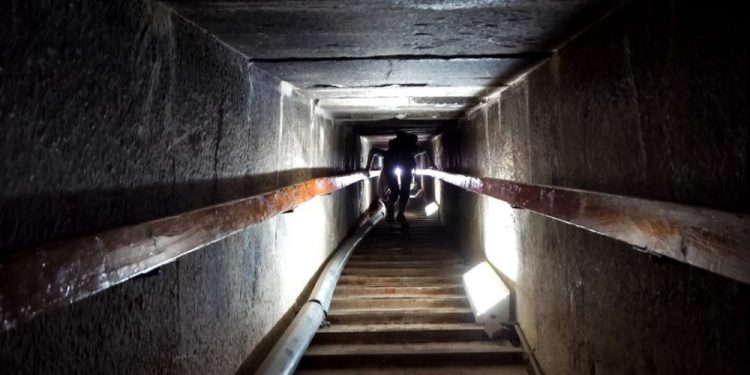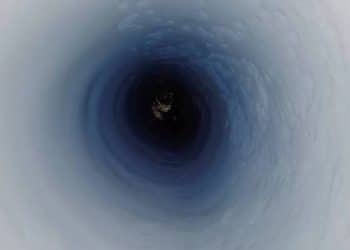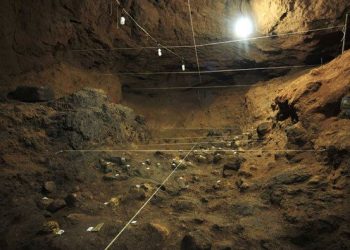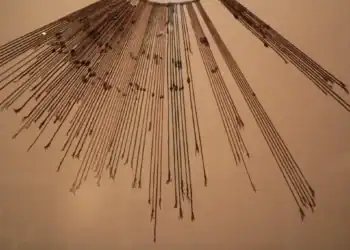Studying Egypt, its monuments, tombs, pyramids, and mysteries hidden beneath the golden sands must be every archaeologist’s dream. But Egypt is big. And its history is even bigger. Even though we’ve been exploring ancient Egypt’s secrets for decades, we have still not managed to put together the massive puzzle belonging to one of the most fascinating ancient civilizations to ever live on Earth.
But if mankind is one thing, then it’s persistent. And we’ve been persistent in trying to uncover one of the biggest mysteries of the ancient Egyptian Civilization.
How did they build the Great Pyramid of Giza around 4,500 years ago? The Great Pyramid of Giza is such a fabulous structure that some of us have even doubted the ability of mankind to build it.
Some have resided to the alien theory, saying that aliens traveled from a very distant solar system to Earth and helped build a massive pyramid in the middle of the desert. Nonetheless, this doesn’t discredit the pyramid’s original builders.
We know they were advanced. They were smart. They had awesome ideas. And somehow, they made the impossible possible. According to Egyptologists, in 20 years, they built what would eventually become the only standing ancient wonder of the world. And although the Great Pyramid of Giza was built around 4,500 years ago, we’ve still not learned everything about it.
In fact, to this date, the pyramid continues to baffle experts. In this article, we bring three incredible discoveries made inside the pyramid, leaving experts perplexed.
Into the Void
The Great Pyramid is awesome. And like anything else dating back from ancient Egypt, it’s packed with mystery. In 2017, a group of researchers announced that, using 3-D technology, they found a massive void inside the Great Pyramid of Giza.
The Scan Pyramids project used muon particles originating from interactions between rays from space and atoms in our planet’s upper atmosphere to ‘peer’ inside the pyramid, allowing them to map what’s exactly inside it.
This technique has been used to help experts see through cathedral walls and even Ancient Maya pyramids. They’ve used muon particles to see inside volcanoes and make countless fascinating discoveries that would not be possible in any other way. The discovery made by researchers inside the Great Pyramid of Giza is a 100-foot cavity, displaying a cross-section that eerily resembles the Great Pyramid’s ‘Grand Gallery.’
The void discovered by experts was aligned with the Great Pyramid’s upper chambers, which were believed to have been placed inside the pyramid to ‘relieve’ pressure on the King’s Chamber located below. We still don’t know what exactly lies inside the mysterious void.
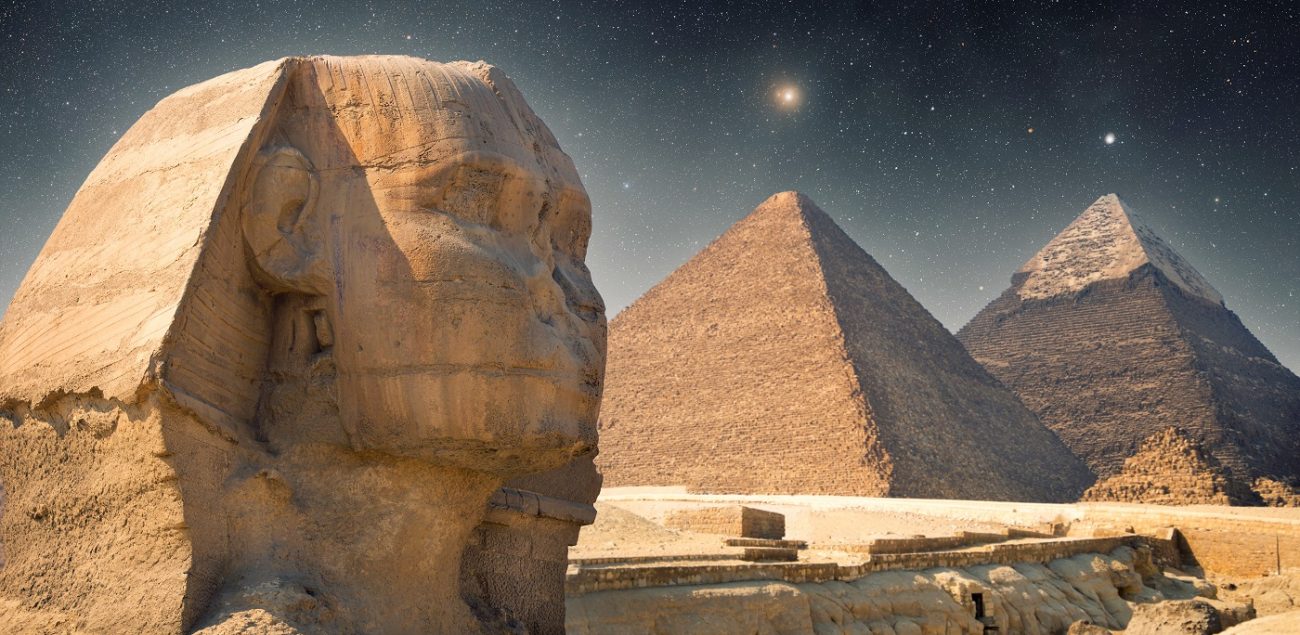
A defense mechanism
Who would have thought that the Great Pyramid of Giza knew how to fight back? Long before modern history, this ancient structure was broken into. And while experts argue that most of its treasures and the pharaoh’s mummy may have been looted in the distant past, experts have found that whoever built the Great Pyramid of Giza made sure to include a series of ‘defensive’ structures inside it.
It was a ‘primitive’ anti-theft system. Archaeologist Mark Lehner described the mechanism in a series of documentaries by Channel 4. However, experts have known about the defense mechanism since the 19th century. Back then, experts identified the mechanism as a series of grooves.
Eventually, after decades of studying the groves, experts learned that they were not placed there for decorative reasons. They had a purpose. The defense mechanism was primitive but certainly sophisticated at that time.
According to Lehner and other Egyptologists, the pyramid’s builders implemented a defense system consisting of thick granite blocks to block access to the chamber. These groves inside the pyramid are believed t to have been used in ancient times to direct the granite slabs toward the entrance and maintain them vertically.
The builders also placed a second block of even thicker stones that are believed to have been used to slide down the passageway, eventually completely blocking the entrance from possible intruders.
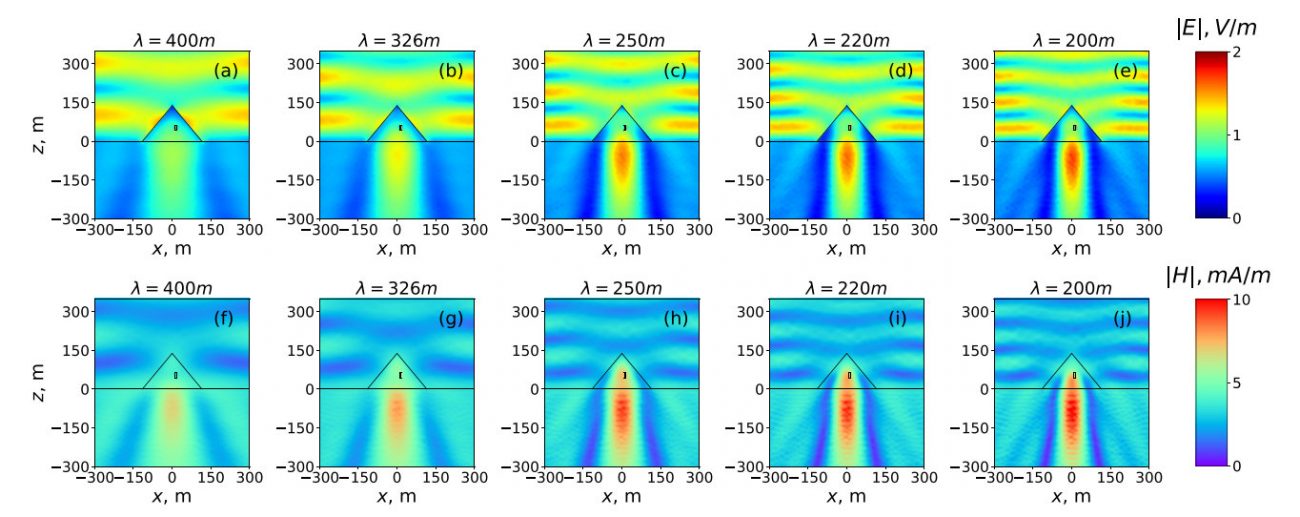
Electromagnetism and the pyramid
What could possibly connect the Great Pyramid of Giza and forms of electromagnetism?
Not much, apparently, if you asked experts some 5 to ten years ago. However, in 2018, scientists from ITMO University and the Laser Zentrum Hannover found that the ancient monument is able to concentrate energy inside its inner rooms, as well as beneath the base. The study describing this sensational discovery was published in the Journal of Applied Physics.
“It is revealed that the Pyramid’s chambers can collect and concentrate electromagnetic energy for both surrounding conditions. In the case of the Pyramid on the substrate, at the shorter wavelengths, the electromagnetic energy accumulates in the chambers providing local spectral maxima for electric and magnetic fields. It is shown that basically the Pyramid scatters the electromagnetic waves and focuses them into the substrate region,” the researchers write in the study.
Join the discussion and participate in awesome giveaways in our mobile Telegram group. Join Curiosmos on Telegram Today. t.me/Curiosmos



